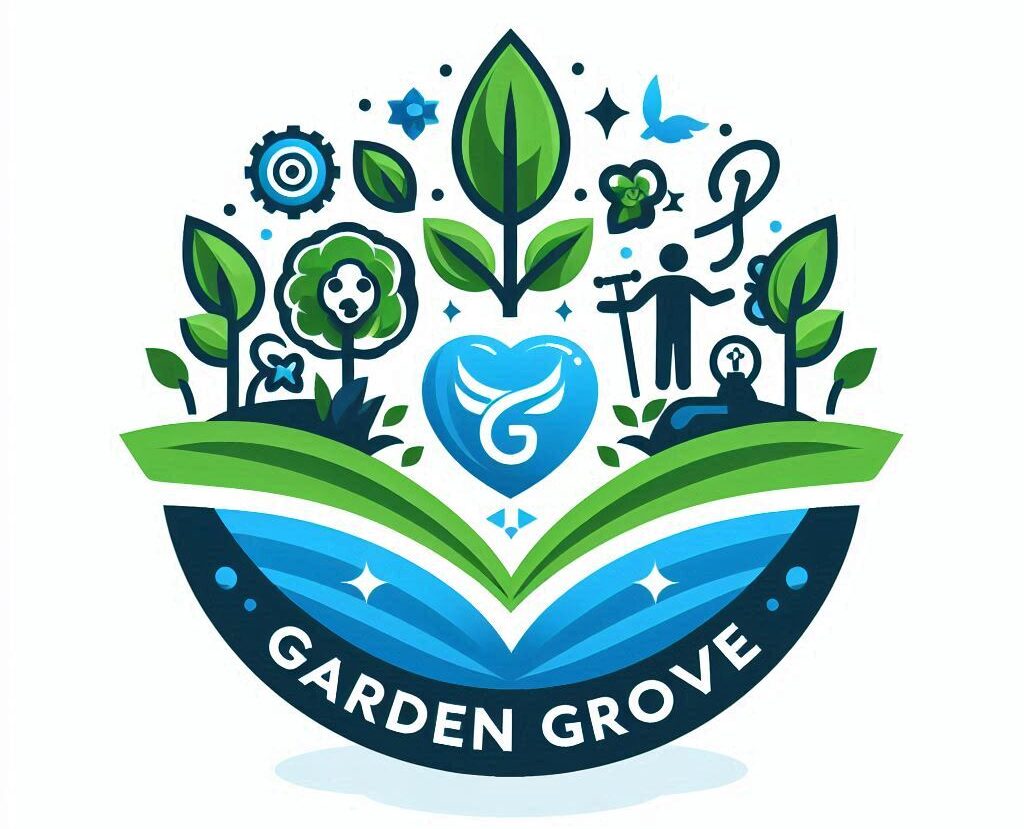
Cannabis and hemp have been hanging around for what seems like forever, with their roots stretching back thousands of years. Ancient cultures were totally onto something when they started using these plants as remedies.
- The Chinese were some of the first known folks to give cannabis a whirl. Legend has it, Emperor Shen Nong, considered the father of Chinese medicine, was using it as far back as 2737 BC. He mixed it into his healing concoctions aiming to treat everything from malaria to arthritis pain.
- Then you’ve got the Egyptians, who weren’t just about pyramids and mummies. They documented using cannabis in all sorts of medical papyri, showing their use of it to treat inflammation and other ailments. Whether it was in poultices or consumed directly, these ancient innovators knew their stuff.
- In Ayurveda, the traditional medicine system of India, cannabis leaves were stirred into herbal mixtures for pain relief and digestive issues.
- And let’s not forget the Grecians and Romans, who were also pulling their weight with cannabis. Writings from Galen and Dioscorides point to the use of cannabis hemp in treating earaches and suppressing sexual urges, offering a glimpse into its versatile applications.
Why did all these ancient civilizations give this plant such a massive shoutout? It’s because they had a keen sense of its medicinal magic, even if they couldn’t quite put a scientific finger on how it was working. By tapping into the natural world around them, they were actually laying the groundwork for centuries of medicinal exploration.
Rediscovery and Research: The Scientific Breakthroughs
Jumping ahead a few millennia, the journey of CBD into the realm of modern science hits a pivotal moment in 1963, thanks to the work of Dr. Raphael Mechoulam. This guy didn’t just stumble onto something small; he successfully identified the structure of CBD, laying a vital cornerstone for today’s cannabis science. Before him, several scientists in the early 20th century were already poking around cannabis compounds, but Mechoulam’s research cracked open the door to a whole new understanding.
The 20th-century saw researchers piecing together the cannabis puzzle, driven by evolving scientific tools and methodologies. These tech advancements allowed for a much keener analysis of the gooey, sticky compounds within the plant, known as cannabinoids. Each discovery peeled another layer off the mystery, helping us understand how these compounds affect us.
As the century progressed, more eyes turned toward the potential of cannabis beyond just CBD. Yet, CBD kept standing out, particularly because it promised therapeutic effects without the ledger of psychoactive side-effects associated with THC. This trait not only added to its intrigue but also fueled a wave of clinical interest, making it the subject of numerous studies aimed at exploring its medicinal promise.
The demand to untangle CBD’s therapeutic properties set research into overdrive, leading to findings that would later drive shifting perspectives on cannabis as a whole. This transition from skepticism to curiosity marked CBD as a front-runner in the realms of natural remedies, with researchers keen on exploring its viability in treating conditions once thought untouchable by mere plants. It’s clear that as scientific doors opened, CBD transitioned from a wayward player in history to a protagonist in its healthcare narrative.
Scientific advancements spurred the rediscovery of CBD as a legitimate subject of medicinal interest, not just a footnote in the annals of ancient usage. With this growing body of research, the foundation was firmly set for CBD to emerge as a frontrunner in both cultural and medical landscapes.
Modern Medicine: Shifting Perspectives on CBD
It’s been a journey full of twists and turns for CBD oil to move from an ancient medicine cabinet staple to today’s trendy natural remedy. One of the major hurdles was the stigma; cannabis carried a baggage of societal and legal challenges for much of the 20th century. The view of cannabis, often seen solely through the lens of recreational use, overshadowed its medicinal properties.
The tide really started turning when more and more scientific evidence came forward, showing CBD’s potential in therapeutic roles. One of the major breakthroughs came when CBD was found to significantly help people with epilepsy, particularly kids with seizure disorders who seemed to have no other options. The word got out, and parents everywhere started advocating for CBD oil, changing perceptions dramatically.

Let’s talk about anxiety and pain relief next, two huge areas where CBD’s benefits have come into the spotlight. For folks battling chronic pain or dealing with anxiety issues, CBD offers a natural alternative that many find appealing compared to traditional pharmaceuticals. It’s this shift towards natural wellness solutions that’s really resonating with people looking for a healthier lifestyle.
Social acceptance has followed the science. With more countries and states decriminalizing and legalizing medical cannabis, it’s easier than ever for people to access CBD oil. The stigma is being chipped away, bit by bit, and CBD is not just something whispered about in head shops but openly discussed between doctors and patients.
This societal leap—backed by science—is pushing CBD beyond its old boundaries, embedding it deeply within modern medicine. The gradual pace of legislation changes and growing public interest signal a continuing shift in how we view this once-controversial plant.
The Benefits of CBD: Understanding the Science
CBD oil has gained a lot of attention for its potential health perks, and a peek behind the medicine curtain reveals why. The science behind CBD is pretty compelling, mostly because it interacts with our body’s endocannabinoid system—a fancy term for a network of receptors that’s involved in tons of processes like mood, pain perception, and immune response.
-
- When scientists dug in, they found that CBD could offer relief for anxiety. By influencing how your brain responds to serotonin, CBD might help reduce stress and anxiety symptoms. Think of it like a natural way to help take the edge off when life gets a bit too wild.
- Another major benefit is pain management. CBD is thought to reduce inflammation and interact with neurotransmitters. This makes it a potential go-to for people dealing with chronic pain or conditions like arthritis. It’s like having a natural ally that helps you stay active and on the go without reaching for heavy-duty pain meds.
- With epilepsy, the game-changer was the approval of Epidiolex, a CBD-based medication. This pushed CBD’s medical credibility to a whole new level after rigorous clinical trials showed significant reductions in seizure frequency among patients.
- Sleep problems? CBD might lend a hand with that too. Though research is ongoing, early studies suggest it might help with sleep issues by easing anxiety and pain, promoting a more restful night.
- People are also eyeing CBD for its potential role in skincare, mainly thanks to its anti-inflammatory properties. It seems CBD could help with acne or other inflammatory skin conditions, giving people another reason to explore it beyond traditional skincare products.
CBD Oil Today: The Future of a Natural Remedy
Today, CBD oil is no longer lurking in the shadows. It’s become a household name in health and wellness conversations, leading a transformation in how people view natural treatments. The market is booming with everything from oils and edibles to skincare lines infused with CBD, offering something for everyone.
Forecasts suggest this expansion isn’t slowing down anytime soon. As more countries greenlight medical cannabis, CBD is finding its footprints globally, with hefty investments pouring in to explore even more uses. Innovators are constantly working on new products, whether it’s through tech-driven delivery methods or combines with other holistic ingredients.
CBD is also carving out a niche in wellness culture, appealing to those who prioritize clean living. From yoga retreats to boutique wellness stores, CBD-infused options blend seamlessly into lifestyles emphasizing balance and nature-oriented solutions.
The bright spotlight on CBD is pushing more research initiatives into action too. Scientists and labs are eager to unlock the compound’s full potential, looking into everything from neuroprotection to its role in heart health.
Giving a nod to the past while charging into the future, CBD’s journey from ancient remedy to modern-day staple reflects a broader shift towards embracing natural health solutions. As awareness grows, it’s clearer than ever that CBD isn’t just another passing trend but a significant player in the future of holistic health.

Thanks for a very interesting article on the use of cannabis for medicinal purposes. I had no idea It was used by so many of the ancient civilisations. I also didn’t realise the extent of its use nowadays in treating many different diseases. I agree that it is slowly gaining acceptance but as it is a naturally occurring plant big pharma can’t patent it, so would prefer it is not used. I wonder if they are behind the stigma behind it. What I would like to know is if the ancient civilisations that used it were able to remove the substance that gives the high? I think it’s called THC. Thanh’s again for the informative article.
Hi Lyn the THC substance is what gets a person high and it is not found in Hemp. THC is found in Cannabis or what is commonly known as marijuana.